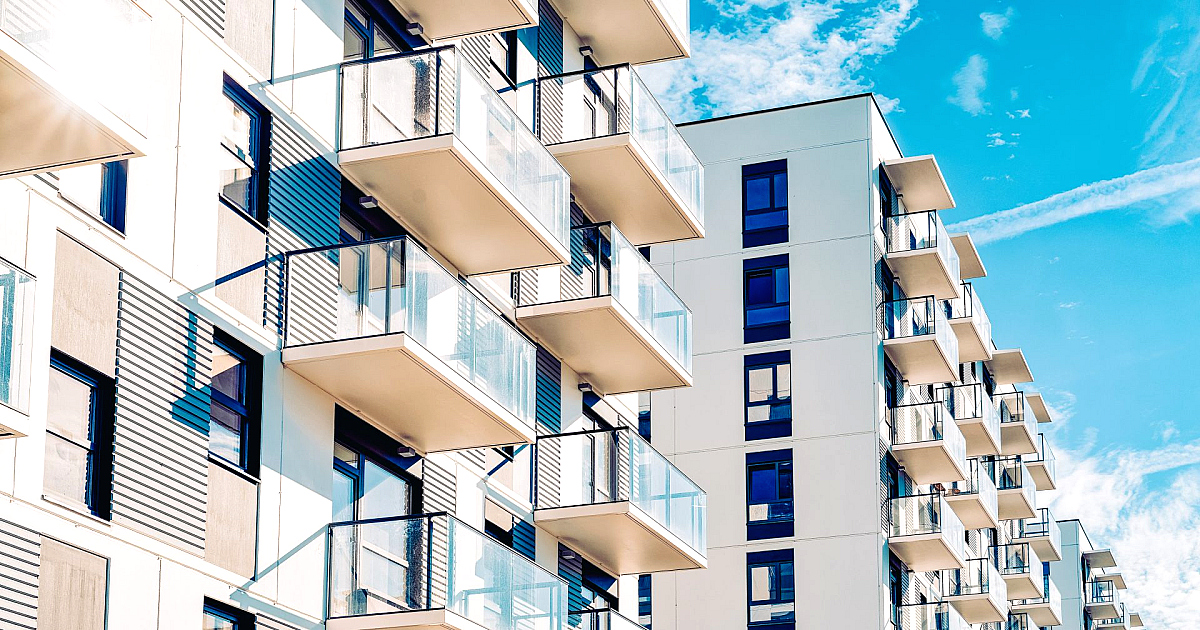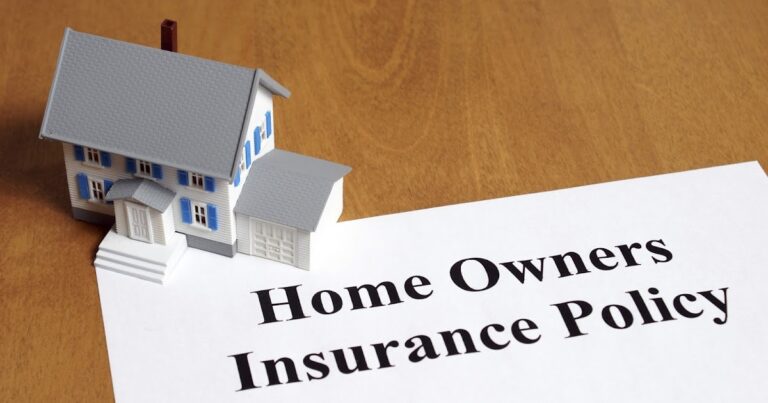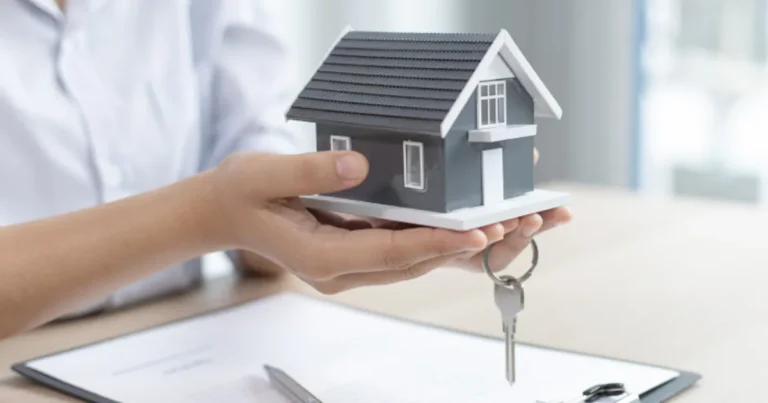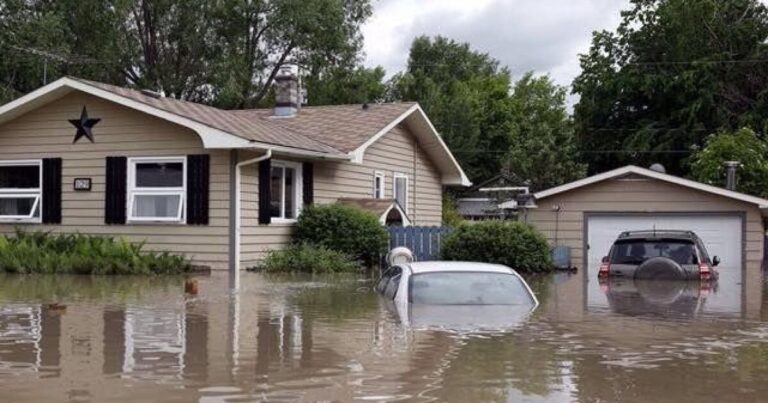Condo Property Insurance: What Every Condo Owner Needs to Know
Owning a condo is a different experience from owning a house or renting an apartment. It sits somewhere in between, which makes it appealing to many people but also a little confusing when it comes to insurance.
With a house, you know it is all on you. With an apartment rental, the landlord is responsible for the structure and you only need to insure your personal belongings. A condo blends both worlds. You own your living space but you share walls, hallways, and common amenities with your neighbors through a condo association. That mix creates some interesting challenges, especially around who pays for what when things go wrong.
This is exactly where Condo Property Insurance comes into play. It is designed to cover your part of the picture while your homeowners association handles the rest. Too many people only discover the limits of their HOA coverage after a disaster, and by then it is too late. Let’s take a slow walk through how Condo Property Insurance works, what it does and does not cover, and why getting it right can save you from financial headaches later.
Why Condo Property Insurance Matters
Your condo association already has insurance, so why bother getting your own Condo Property Insurance policy? It is a fair question and one that every condo owner asks at some point. The association’s coverage usually protects the building itself, the roof, exterior walls, hallways, elevators, and shared amenities like gyms or pools. On paper that sounds like a lot.
Here is the thing though. That coverage stops at your front door. Once you step into your unit, you are responsible for everything inside. If a fire breaks out in your kitchen, the HOA is not paying for new cabinets or flooring. If a guest slips on your bathroom floor and breaks an ankle, the HOA is not covering the hospital bill. If your electronics are stolen, the HOA will not replace them.
Condo Property Insurance exists to bridge that gap. It is not just about satisfying your lender, although most mortgage companies require it. The real reason you need it is to protect your investment, your belongings, and your financial security.
What Condo Property Insurance Covers
Condo Property Insurance is fairly flexible, but most policies come with a few core protections.
Interior Coverage
Think of this as the part of your unit that belongs only to you. If a kitchen fire damages your counters or a burst pipe floods your hardwood floors, interior coverage pays to repair or replace what is damaged. Exactly what is considered yours depends on your HOA’s master policy, but in many cases it includes everything from the drywall inward.
Personal Property Coverage
This covers your belongings. Furniture, electronics, clothing, appliances, and even smaller items like books or cookware are all included. You usually get two choices for how claims are settled. One option is actual cash value, which pays what the item is worth today after depreciation. The other is replacement cost, which pays what it would cost to buy the same item new. If you have high value possessions such as artwork, expensive jewelry, or collectibles, you may need extra coverage called scheduled property to be fully protected.
Liability Protection
Accidents happen, and sometimes you are responsible. A guest could trip on your rug, your child could accidentally damage a neighbor’s property, or your dog could bite a visitor. Liability coverage pays for legal costs, medical bills, and settlements if you are found at fault. Policies often start at one hundred thousand dollars, but experts recommend higher limits if you own valuable assets. The cost for higher liability coverage is surprisingly low compared to the protection it offers.
Loss of Use
If your condo becomes unlivable after a fire or serious water damage, loss of use coverage helps you maintain your life while repairs are underway. It pays for hotel stays, meals, and even transportation if necessary. Without it you could be stuck paying for both your mortgage and temporary housing out of pocket.
Loss Assessment
Sometimes the condo association faces damages that exceed its insurance coverage. For example, if a storm destroys the clubhouse roof and the master policy does not cover all repairs, the remaining costs may be divided among the owners. That surprise bill can be thousands of dollars. Loss assessment coverage protects you by paying your portion of the shared expense.
What Condo Property Insurance Does Not Cover
Knowing what is not covered is just as important as knowing what is. Many condo owners mistakenly believe they are covered across the board when they are not.
Flood damage is not included in a standard policy. If heavy rain or a hurricane leads to flooding, you are only covered if you have a separate flood insurance policy. This is particularly important in coastal or low lying areas.
Earthquake damage is another exclusion. Unless you buy a specific rider or a stand alone earthquake policy, your Condo Property Insurance will not help after a seismic event.
Normal wear and tear, neglect, or pest damage is also excluded. Insurance is meant to handle sudden and accidental problems, not issues that build up over time because of age or lack of maintenance. If termites slowly eat through your beams, that is your responsibility.
Finally, Condo Property Insurance does not cover shared spaces outside your unit. Gyms, pools, lobbies, and rooftops fall under the HOA’s master policy. This is why it is so important to review your HOA documents carefully and understand exactly where your coverage ends and the association’s begins.
How HOA Master Policies Shape Your Condo Property Insurance
Your HOA’s master policy has a big influence on how much coverage you personally need. There are three common types of policies.
A bare walls policy is the most limited. It covers the building’s structure and common areas only. Everything inside your unit, from flooring to fixtures, is your responsibility.
A single entity policy covers original fixtures within your unit but not upgrades. If you remodel your kitchen with new counters or add high end flooring, those improvements are not covered and you will need your own Condo Property Insurance to protect them.
An all inclusive policy is the broadest. It covers original fixtures and upgrades, but you still need coverage for your personal belongings and liability inside your condo.
Understanding which type of policy your HOA has is the first step to choosing the right Condo Property Insurance.
How Much Condo Property Insurance Costs
On average, condo insurance runs between three hundred and seven hundred dollars a year. The price depends on a few key factors.
Location makes a big difference. Condos in areas with higher crime rates or natural disaster risks generally cost more to insure. A beachfront condo in Florida will almost always carry higher premiums than a unit in a quiet suburban neighborhood.
Coverage limits also influence cost. The more dwelling and liability coverage you buy, the higher your premium. Deductibles work in the opposite direction. A higher deductible lowers your premium but raises the amount you must pay out of pocket when you file a claim.
Safety features often reduce premiums. Condos equipped with sprinklers, fire alarms, or strong security systems tend to qualify for discounts.
Compared to homeowners insurance, Condo Property Insurance policies are usually cheaper because they only cover the interior of the unit rather than the entire structure.
Different Needs for Owners, Renters, and Landlords
How you use your condo changes what type of policy you need.
If you live in your condo, a standard HO6 policy is what you want. It protects your unit, your belongings, and your liability.
If you rent out your condo, a standard HO6 will not cover tenants or rental income. You will need landlord insurance, which protects the physical unit, provides liability coverage for you as the property owner, and may reimburse you for lost rental income if damage forces tenants out.
If you are a tenant renting a condo, you do not need HO6 at all. Instead, you need renters insurance, which protects your belongings, provides liability coverage, and can cover additional living expenses if the unit becomes uninhabitable.
Real World Examples of Condo Property Insurance
Sometimes examples bring this to life more clearly than explanations.
Picture a pipe bursting in your living room and water soaking into your floors, walls, and furniture. Dwelling coverage and personal property coverage work together to repair the damage and replace your belongings.
Or imagine coming home to find your TV, laptop, and jewelry stolen. Personal property coverage reimburses you for the loss.
Now consider liability. If a guest slips in your kitchen and ends up with a serious injury, liability coverage pays medical bills and legal fees.
Finally, think about fire damage. If flames make your condo unlivable for several months, loss of use coverage pays for your hotel, meals, and transportation until you can move back in.
These are not rare situations. They are the exact types of scenarios where Condo Property Insurance proves its worth.
How to Choose the Right Condo Property Insurance
The smartest starting point is always your HOA’s master policy. Read it carefully so you know exactly what is covered and what is not.
Next, take an inventory of your belongings. Walk through your condo with your phone, record video, take photos, and save receipts. This record helps you choose the right level of personal property coverage and makes filing a claim much smoother.
Think about your location and risk factors. If you live near a floodplain, an earthquake zone, or a hurricane prone coast, you should strongly consider additional protection.
Do not underestimate liability coverage. It is inexpensive and offers huge protection from lawsuits. Raising your liability limits is one of the best bargains in insurance.
Finally, check for bundling discounts. Many insurers will cut your premium if you bundle condo insurance with auto or other policies.
Condo Property Insurance in the Bigger Picture
Condo Property Insurance is one branch of the larger property insurance tree. Homeowners insurance, landlord insurance, and renters insurance all play their own roles in protecting different living arrangements. What makes Condo Property Insurance unique is the balance of shared responsibility with the HOA and personal responsibility for your unit.
It helps to see Condo Property Insurance as part of your overall financial safety net. If you also own rental properties, landlord insurance should be in the mix. If you live in a flood zone or an area with earthquakes, disaster coverage such as flood insurance is important. Each policy fills a different gap so that you are not left exposed.
Final Thoughts
Condo Property Insurance is not an extra luxury. It is a shield against risks that can wipe out savings and cause major financial setbacks. Whether it is replacing stolen belongings, covering medical bills after an accident, or paying for temporary housing when your condo is unlivable, the right policy protects both your home and your peace of mind.
The real key is to understand where your HOA’s coverage stops and where your own responsibility begins. Once you know the gaps, you can fill them with the right protections. That way you get the benefits of condo living without the fear of financial surprises lurking around the corner






